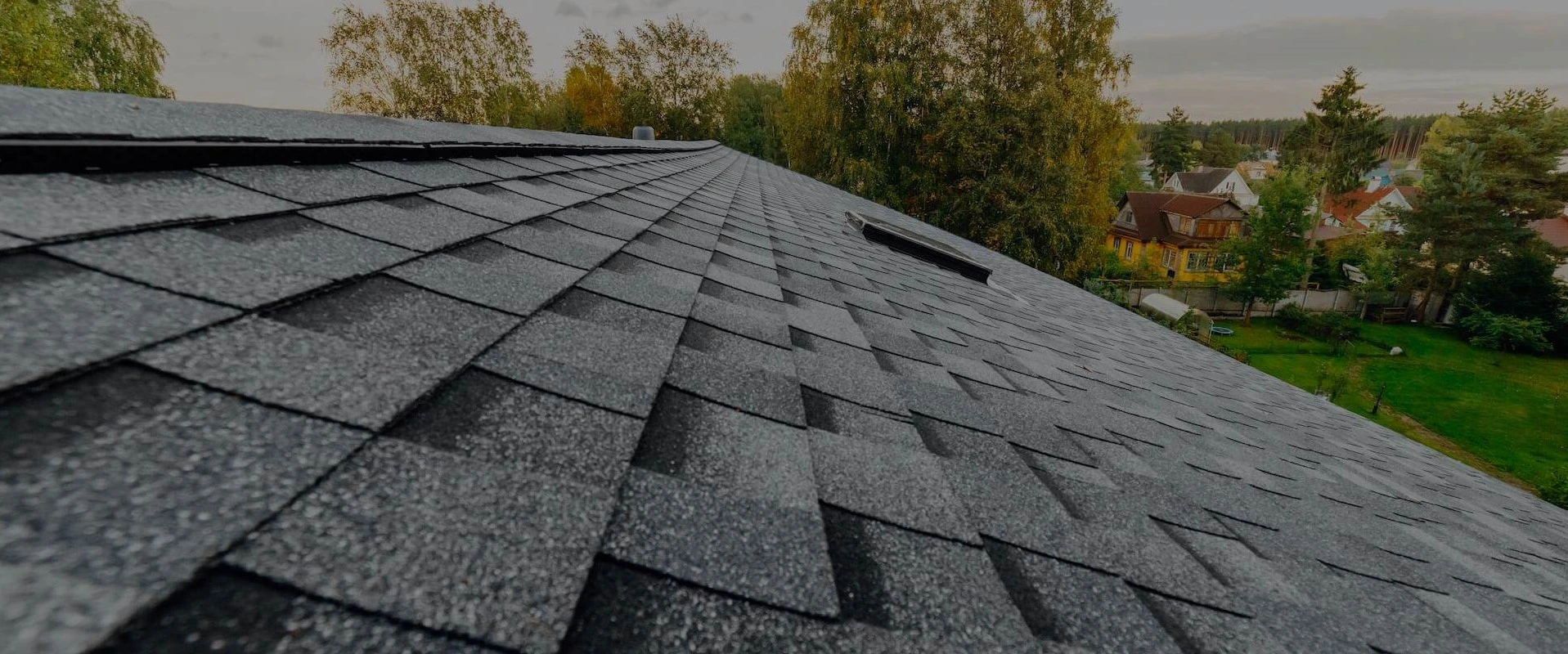 Commercial roofing plays a crucial role in protecting businesses and their assets from the elements while contributing to the overall structural integrity of commercial buildings. Unlike residential roofing, commercial roofing involves unique challenges and considerations due to the scale and diverse functionalities of commercial structures. In this article, we will explore the essentials of Commercial Roofing Seattle, WA, from materials and designs to maintenance and considerations.
Commercial roofing plays a crucial role in protecting businesses and their assets from the elements while contributing to the overall structural integrity of commercial buildings. Unlike residential roofing, commercial roofing involves unique challenges and considerations due to the scale and diverse functionalities of commercial structures. In this article, we will explore the essentials of Commercial Roofing Seattle, WA, from materials and designs to maintenance and considerations.
Diverse Materials for Commercial Roofing:
- Single-Ply Membrane Roofing: Widely used in commercial roofing, single-ply membrane systems consist of sheets of rubber or other synthetic materials that are fastened to the roof’s insulation. TPO (thermoplastic olefin) and EPDM (ethylene propylene dieneterpolymer) are popular choices due to their durability, flexibility, and energy efficiency.
- Built-Up Roofing (BUR): Built-Up Roofing involves layering bitumen and reinforcing fabrics, such as fiberglass or polyester, to create a durable and weather-resistant roof. This traditional method is known for its resilience and ability to withstand harsh weather conditions.
- Metal Roofing: Metal roofs offer longevity and durability, making them a practical choice for commercial buildings. They come in various materials such as steel, aluminum, and copper, providing options for customization, energy efficiency, and resistance to fire and pests.
- Modified Bitumen Roofing: Modified bitumen roofing combines the durability of traditional built-up roofing with the flexibility of a polymer-modified membrane. This makes it an excellent choice for buildings with low-slope or flat roofs.
Commercial Roofing Designs:
- Flat Roofing: Many commercial buildings feature flat or low-slope roofs, and flat roofing systems are commonly used for their simplicity and ease of maintenance. These roofs provide additional space for HVAC equipment, solar panels, or even rooftop gardens.
- Pitched Roofing: Some commercial structures opt for pitched roofs for architectural reasons or to meet specific design requirements. These roofs may use shingles, metal panels, or other materials commonly associated with residential roofing.
Maintenance and Considerations:
- Regular Inspections: Commercial roofs require regular inspections to identify and address potential issues before they escalate. Inspection should include checking for signs of wear, damage, and ensuring the integrity of seams and joints.
- Drainage Systems: Proper drainage is critical for commercial roofs to prevent water pooling, which can lead to leaks and structural damage. Gutters, downspouts, and internal drainage systems should be functioning effectively to divert water away from the roof.
- Energy Efficiency: Many businesses are now focusing on energy-efficient roofing solutions to reduce utility costs. Cool roofing materials and reflective coatings can help minimize heat absorption, contributing to a more energy-efficient building.
- Local Building Codes: Compliance with local building codes and regulations is essential in commercial roofing. These codes may dictate the type of materials, insulation requirements, and other aspects of the roofing system.
Conclusion:
Commercial roofing is a specialized field that requires careful consideration of materials, designs, and maintenance practices. The right roofing system can enhance the longevity of a commercial building, protect its occupants and assets, and contribute to overall energy efficiency. With a focus on quality materials, regular maintenance, and adherence to local building codes, businesses can ensure that their commercial roofing stands up to the unique challenges posed by the commercial environment.
1010 SE Everett Mall Way, Ste 100, Everett, WA 98208

